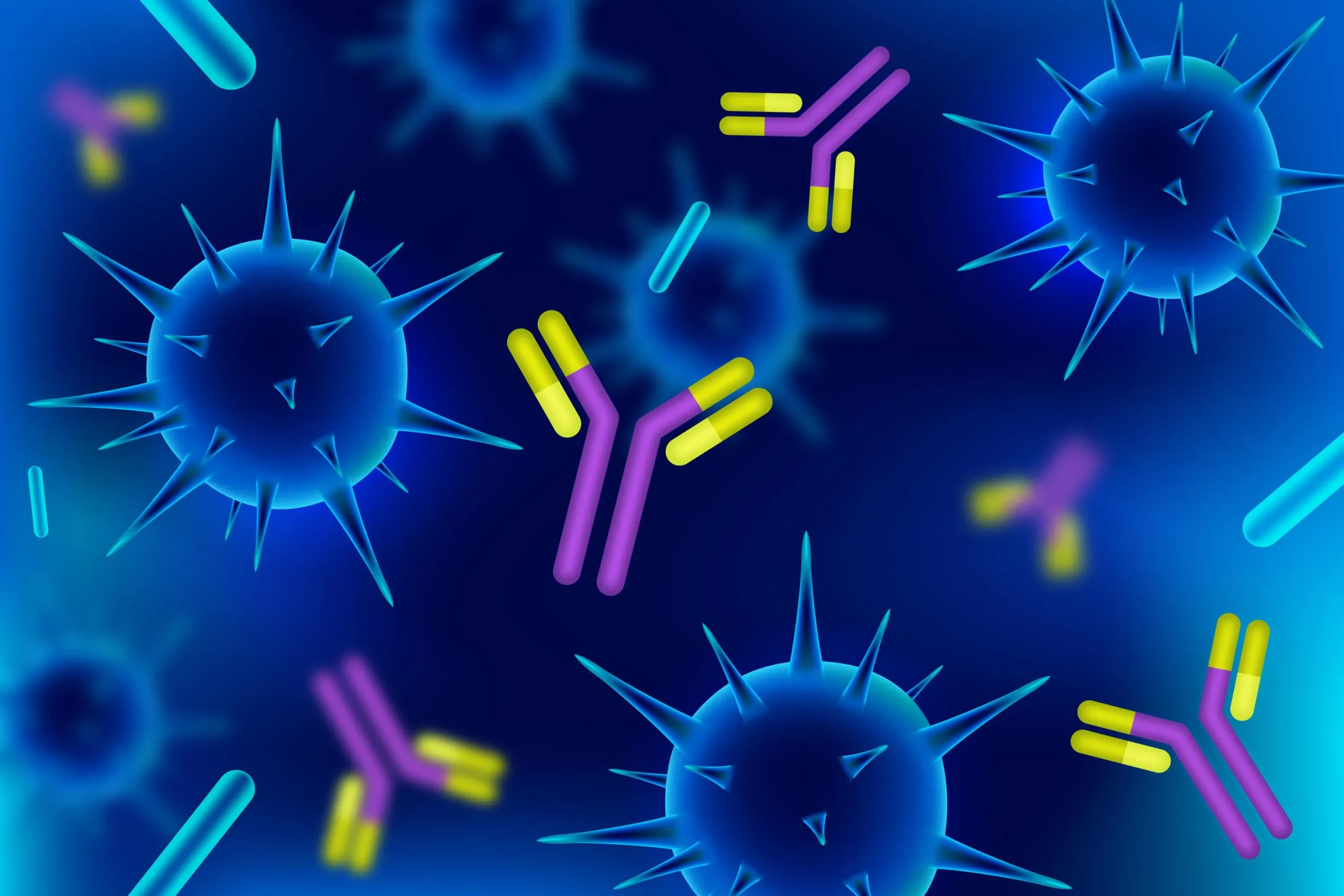Introduction
In the realm of transplantation medicine, the success of organ transplants is often overshadowed by complications such as allo-rejection and ischemia-reperfusion injury. These conditions are primarily driven by complex immune reactions where the body fails to accept and integrate the transplanted organ, ultimately leading to graft failure. As researchers delve into the immunological intricacies of transplantation, Sialic acid-binding immunoglobulin-like lectins (Siglecs) have emerged as a new frontier in the quest to understand and regulate allo-immune reactions. In a recent review authored by Cai Songjie and colleagues from renowned institutions including Brigham and Women’s Hospital and Harvard Medical School, the spotlight is cast on Siglecs and their potential roles in immune regulation related to solid organ transplantation, a field yet untraveled. This article synthesizes the review’s insights, expanding on the prospects of Siglecs for transplantation outcomes.
Siglecs: Mediators of Immune Tolerance
Siglecs are a family of receptors that detect sialic acid moieties present on cell surfaces. Expressed on most leukocyte lineages, these receptors are known to maintain immune homeostasis through inhibitory and sometimes stimulatory signals. The review by Cai et al. (2019) suggests that while research on Siglecs has burgeoned in areas such as autoimmunity, infection, and blood cancers, its role in solid organ transplantation remains vastly unexplored. Given that Siglecs are instrumental in modulating innate immune responses, B cell tolerance, dendritic cell activation, and indirectly T cell responses, they present a promising target for managing the immune challenges associated with transplantation.
The Allo-Immune Conundrum
Following an organ transplant, the recipient’s immune system can perceive the new organ as foreign, invoking T cell-mediated allo-reactions that lead to graft rejection. Concurrently, ischemia-reperfusion injury, which occurs when blood supply returns to the organ after a period without oxygen, contributes to early graft dysfunction and heightens the rejection risk. The interplay of these immune responses creates a clinical challenge to achieving long-term transplant success.
Siglecs’ Regulatory Influence on Immune Cells
Siglecs regulate various leukocytes including B cells, NK cells, dendritic cells, and T cells. A key concept behind Siglecs’ influence is their ability to dampen immune cell activation upon binding with sialic acids, potentially curtailing immune aggression toward transplanted organs. Siglecs expressed on B cells can maintain tolerance and limit antibody production against the graft, while those expressed on dendritic cells can reduce the activation of T cells which are critical effectors of rejection.
Implications for Transplantation
Investigations into Siglecs could breed novel therapeutic approaches designed to ameliorate rejection and protect the graft. Modulating Siglecs’ function may present opportunities to induce a more tolerant immune state, favorably adjusting the recipient’s immune response to accept the organ while still defending against infections and malignancies.
Challenges and Future Directions
The field of transplantation immunology is in dire need of innovation to improve patient outcomes. Studying Siglecs’ involvement in allo-immune responses requires multi-disciplinary efforts that span basic science, immunological research, and clinical trials. Additionally, there is a crucial need for developing biomarkers for Siglecs that may serve as predictors for transplant rejection or tolerance.
Conclusion
Siglecs may hold the key to unlocking a new era of immune modulation in transplantation, marking a giant leap forward in preventing graft rejection and extending graft survival. The review by Cai Songjie et al. provides valuable groundwork and a clarion call for the scientific community to probe deeper into the roles of Siglecs in transplantation. Progress in this field could reignite the hope for many patients undergoing organ transplants.
DOI: 10.2174/1389203720666190507095759
References
1. Cai, S. et al. (2019) ‘Potential Roles of Siglecs in the Regulation of Allo-Immune Reaction’, Current Protein & Peptide Science, 20(8), pp. 823–828.
2. Crocker, P.R., Paulson, J.C., Varki, A. (2007) ‘Siglecs and their roles in the immune system’, Nature Reviews Immunology, 7(4), pp. 255–266.
3. Pillai, S., Netravali, I.A., Cariappa, A., & Mattoo, H. (2012) ‘Siglecs and immune regulation’, Annu Rev Immunol, 30, pp. 357–92.
4. Lajaunias, F., et al. (2005) ‘Differential expression of Siglec receptors by human immune system cells’, European Journal of Immunology, 35(4), pp. 1175–1184.
5. Varki, A. & Angata, T. (2006) ‘Siglecs–the major subfamily of I-type lectins’, Glycobiology, 16(1), pp. 1R–27R.
Keywords
1. Siglecs solid organ transplantation
2. Allo-immune reaction regulation
3. Graft rejection immunomodulation
4. Ischemia-reperfusion injury transplantation
5. Immune cell function Siglecs
